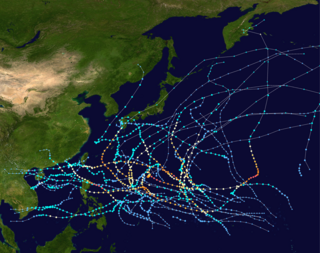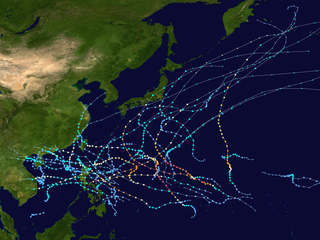See also
Similar names that have also been used for tropical cyclones:
- List of storms named Binang – also used in the Western Pacific Ocean.
- Typhoon Bing (1997) – a Category 4-equivalent Western Pacific super typhoon.
- List of storms named Biring – also used in the Western Pacific Ocean.
- List of storms named Bising – also used in the Western Pacific Ocean.
- List of storms named Pining – also used in the Western Pacific Ocean.




